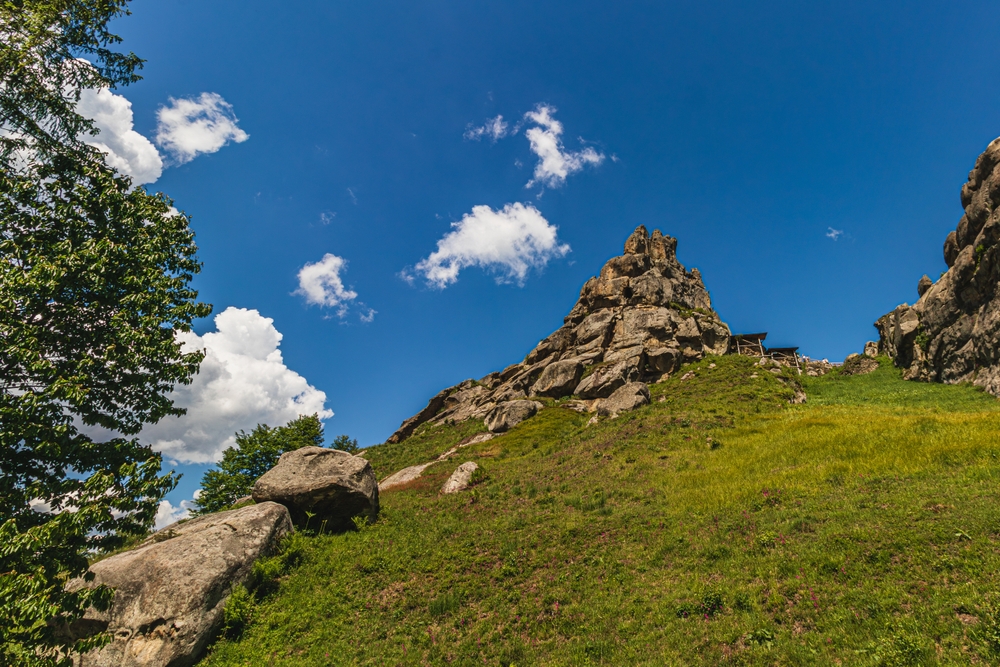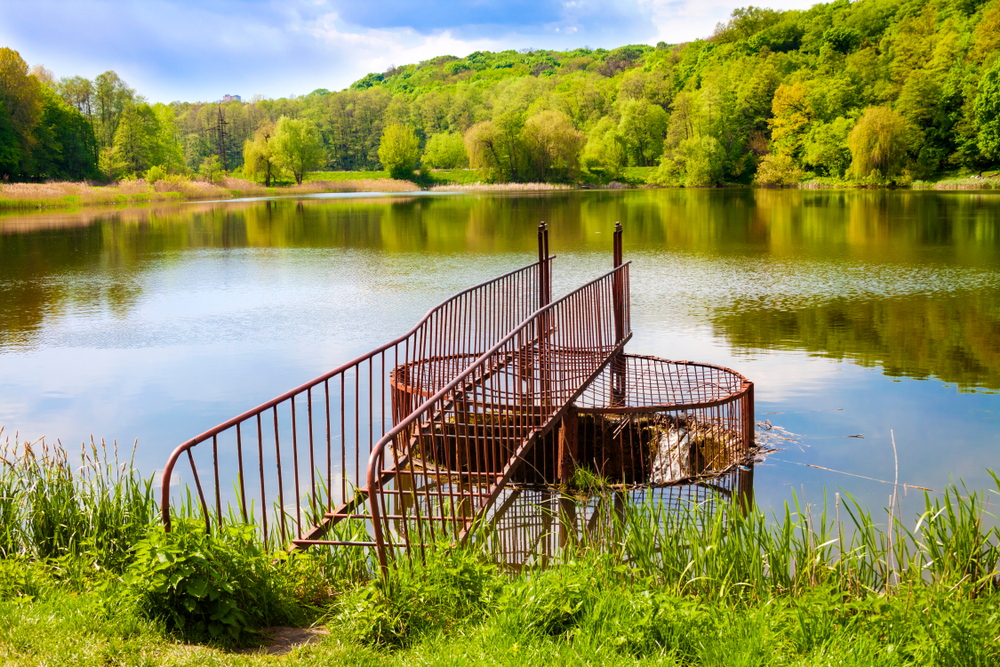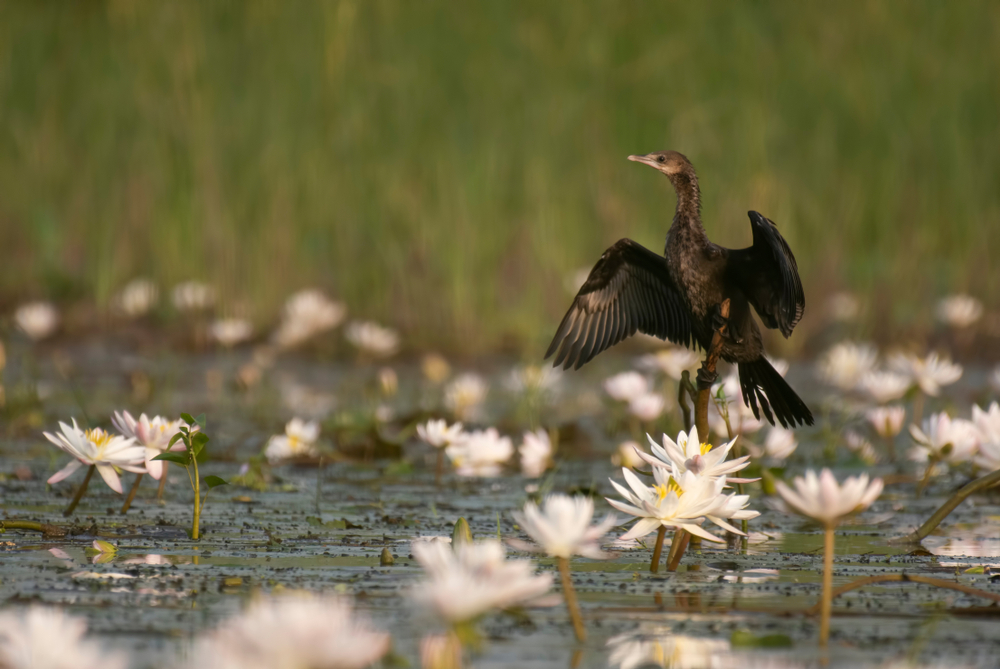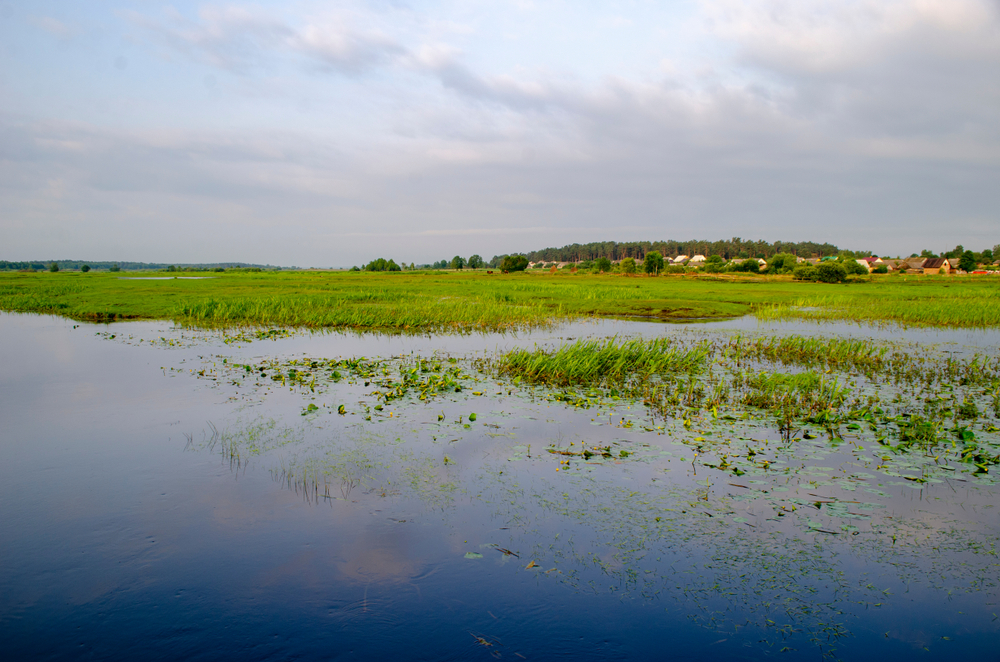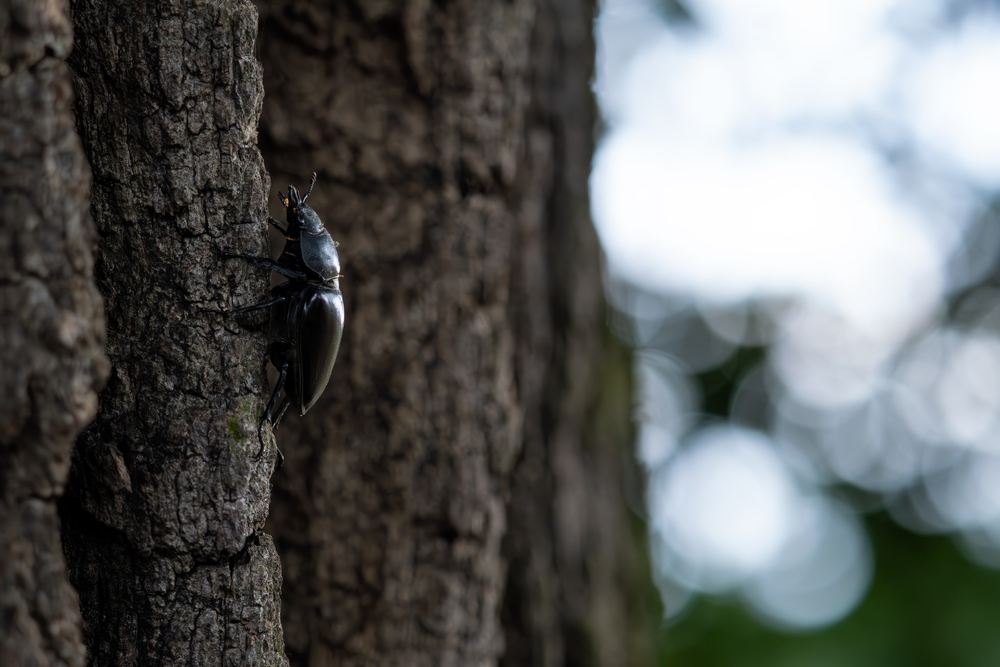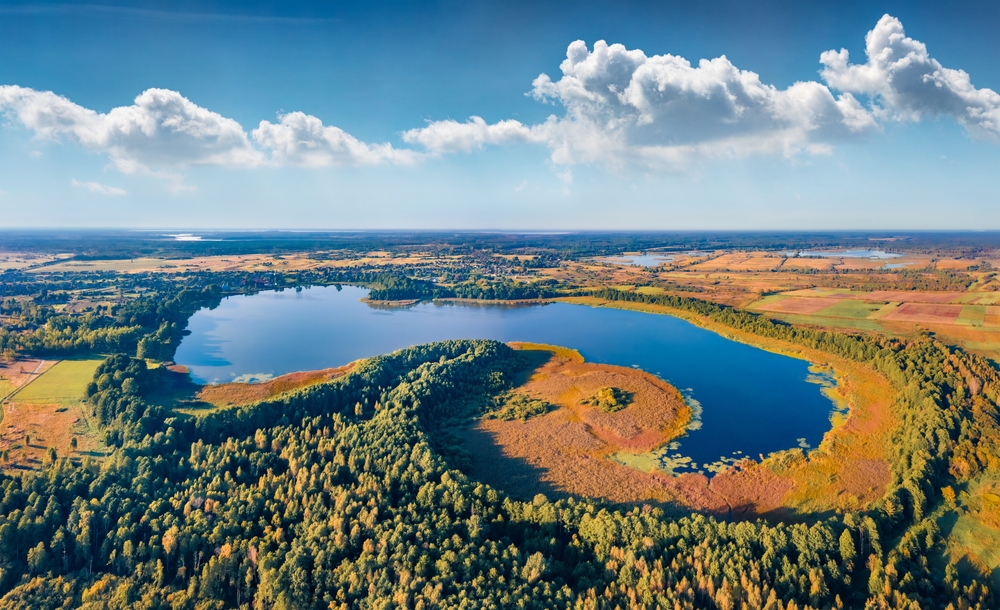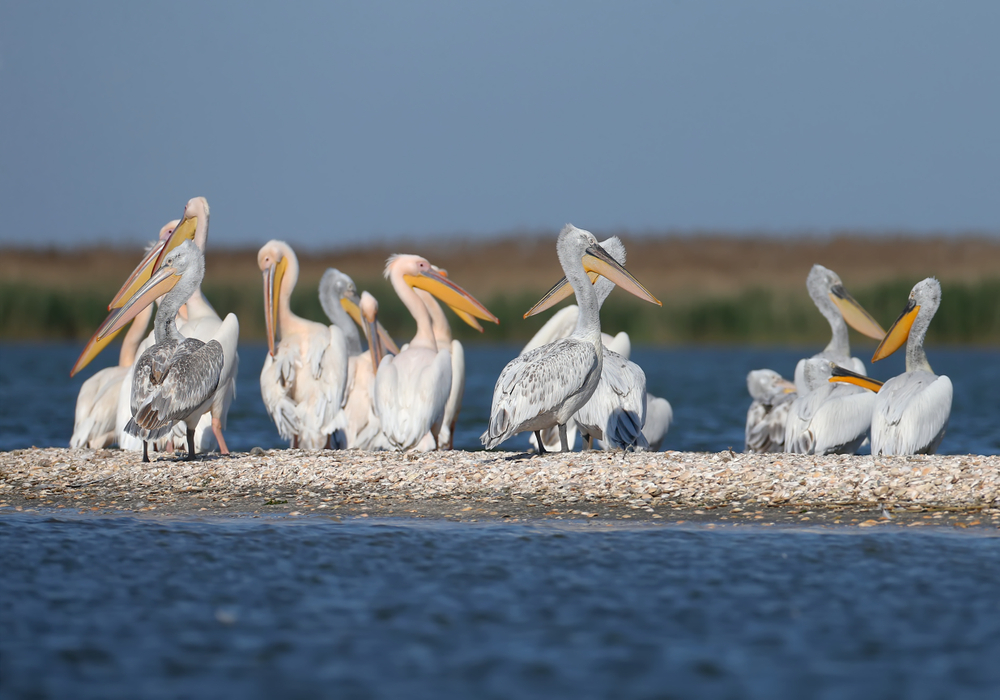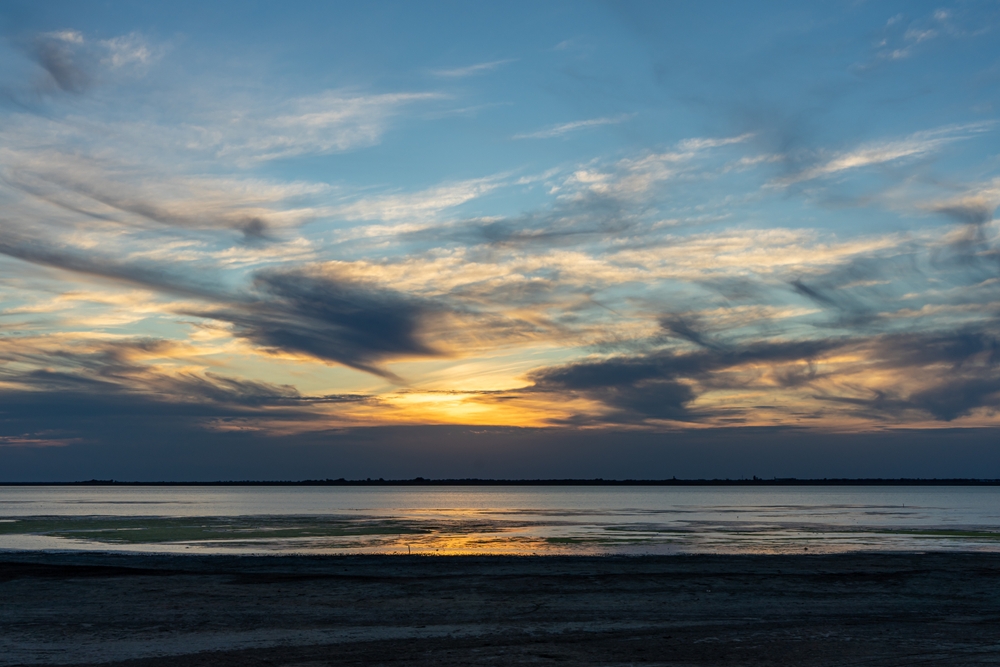Skole Beskids Overview
Skole Beskids National Park, known locally as Національний природний парк “Сколівські Бескиди”, is located in western Ukraine, covering an area of approximately 155 square miles (403 square kilometers) in the Lviv region.
The park is part of the larger Carpathian Mountains, a vast range stretching across Central and Eastern Europe. Its terrain is characterized by rolling forested hills, deep valleys, and rugged ridges, with peaks such as Mount Parashka (1,268 meters) standing as one of its most prominent summits.
Numerous rivers, including the Opir and Stryi, carve through the landscape, creating picturesque waterfalls like Kamianka Waterfall, a popular attraction for visitors. The dense forests primarily consist of beech, fir, and spruce, forming an essential part of the Carpathian ecosystem.
The park is home to a rich array of wildlife, making it a crucial refuge for many species. Large mammals such as the European brown bear, gray wolf, and Eurasian lynx roam its forests, while red deer, wild boar, and roe deer are frequently spotted.
The birdlife is equally impressive, with species like the golden eagle, black stork, and Ural owl thriving in the region. The park’s biodiversity is further enhanced by a variety of smaller mammals, reptiles, and amphibians, contributing to its ecological significance.
Among the most popular features of Skole Beskids National Park are its scenic hiking trails, which lead visitors through ancient forests, up to panoramic viewpoints, and along riverbanks rich in flora and fauna.
The Tustan fortress ruins, a medieval rock complex, offer a glimpse into the area’s historical significance and serve as a major cultural landmark. Additionally, mineral springs scattered throughout the park attract those seeking the region’s reputed healing waters. The park’s rivers and waterfalls provide opportunities for fishing and photography, while winter months bring activities such as cross-country skiing.
Visitors can explore the park through well-marked hiking and biking trails, making it accessible for nature lovers and adventure seekers alike. Guided tours allow for deeper engagement with the local flora, fauna, and cultural heritage, while camping and eco-lodges provide immersive overnight stays. The nearby town of Skole serves as a gateway to the park, offering accommodations and visitor services for those planning extended trips.
Conservation efforts within the park aim to protect its fragile ecosystems while balancing tourism and local economic development. Efforts to combat illegal logging and habitat destruction have been ongoing, with positive strides in recent years.
Reforestation projects and wildlife monitoring programs help preserve biodiversity, and partnerships with conservation organizations contribute to sustainable park management.
Despite challenges such as climate change and human encroachment, Skole Beskids National Park remains a vital sanctuary for Ukraine’s natural heritage and a remarkable destination for those seeking to experience the beauty of the Carpathians.








































































